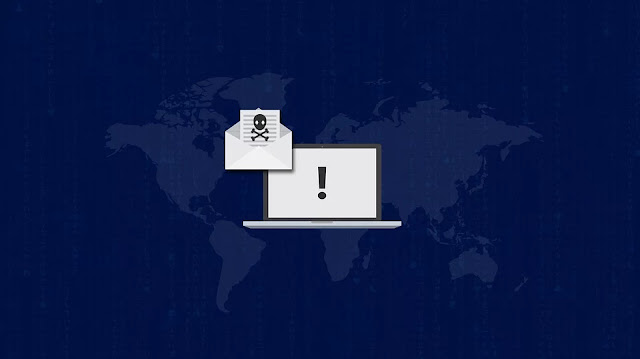DEV-0139 uses targeted attacks to steal cryptocurrency investments
Microsoft has identified a threat actor that has been targeting cryptocurrency investment startups. An entity that Microsoft has termed as DEV-0139 posed as a cryptocurrency investment firm on Telegram and used an Excel file deployed with malicious "well-crafted" malware to attack systems and access them remotely.
The threat is part of a trend in cyberattacks showing a high degree of sophistication. In our case, the threat actor made a fake OKX employee profile and joined Telegram groups used for facilitating communication between VIP clients and cryptocurrency exchange platforms.
In recent years, the cryptocurrency market has grown exponentially, getting the attention of investors as well as threat actors. Cybercriminals have used cryptocurrency for their attacks and campaigns, especially for ransom payment in ransomware attacks.
DEV-0139 uses Telegram and Excel files to target victim
There has also been a rise in threat actors directly attacking organizations in the cryptocurrency industry for monetary motives. Cyberattacks targeting the cryptocurrency market come in various forms, this includes fraud, vulnerability exploitation, fake apps, and use of info stealers, threat actors use these variables to steal cryptocurrency funds.
In October, the victim was asked to join a new group and then asked to provide feedback on an Excel document that compared Binance, OKX, and Huobi VIP fee structures.
The document offered correct information and high awareness of the ground reality of crypto trading, however, it also sideloaded an infected. DLL (Dynamic Link Library) file to make a backdoor into the user's system. The victim was then told to view the .dll file while discussing the course fees.
According to Microsoft, the weaponized Excel file initiates the following series of activities:
- A malicious macro in the weaponized Excel file abuses the UserForm of VBA to obfuscate the code and retrieve some data.
- The malicious macro drops another Excel sheet embedded in the form and executes it in invisible mode. The said Excel sheet is encoded in base64 and dropped into C:\ProgramData\Microsoft Media\ with the name VSDB688.tmp
- The file VSDB688.tmp downloads a PNG file containing three executables: a legitimate Windows file named logagent.exe, a malicious version of the DLL wsock32.dll, and an XOR-encoded backdoor.
- The file logagent.exe is used to sideload the malicious wsock32.dll, which acts as a DLL proxy to the legitimate wsock32.dll. The malicious DLL file is used to load and decrypt the XOR-encoded backdoor that lets the threat actor remotely access the infected system.
The attack method is popular, Microsoft suggests the attacker was the same as the one running .dll files for the same reasons in June, and also behind other cyberattack instances as well. As per Microsoft, DEV-0139 is the same threat actor that cybersecurity agency Volexity associated with North Korea's state-sponsored Lazarus Group.
It uses a malware strain called AppleJeus and an MSI (Microsoft installer). The United States federal Cybersecurity and Infrastructure Security Agency reported on AppleJeus last year and Kaspersky Labs documented it in 2020.
To stay safe from such threats, Microsoft suggests:
1. Use the included indicators of compromise to investigate whether they exist in your environment and assess for potential intrusion.
2. Educate end users about protecting personal and business information in social media, filtering unsolicited communication (in this case, Telegram chat groups), identifying lures in spear-phishing emails and watering holes, and reporting reconnaissance attempts and other suspicious activity.
3. Educate end users about preventing malware infections, such as ignoring or deleting unsolicited and unexpected emails or attachments sent via instant messaging applications or social networks. Encourage end users to practice good credential hygiene and make sure the Microsoft Defender Firewall (which is enabled by default) is always on to prevent malware infection and stifle propagation.
4. Change Excel macro security settings to control which macros run and under what circumstances when you open a workbook. Customers can also stop malicious XLM or VBA macros by ensuring runtime macro scanning by Antimalware Scan Interface (AMSI) is on. This feature—enabled by default—is on if the Group Policy setting for Macro Run Time Scan Scope is set to “Enable for All Files” or “Enable for Low Trust Files”.
5. Turn on attack surface reduction rules to prevent common attack techniques observed in this threat:
- Block Office applications from creating executable content
- Block Office communication application from creating child processes
- Block Win32 API calls from Office macros
The cryptocurrency market is a lucrative interest for cybercriminals. Targeted victims are identified via trusted channels to better the chance of attack. While hackers prefer targeting big organizations, smaller organizations can also become an easy target of interest.









